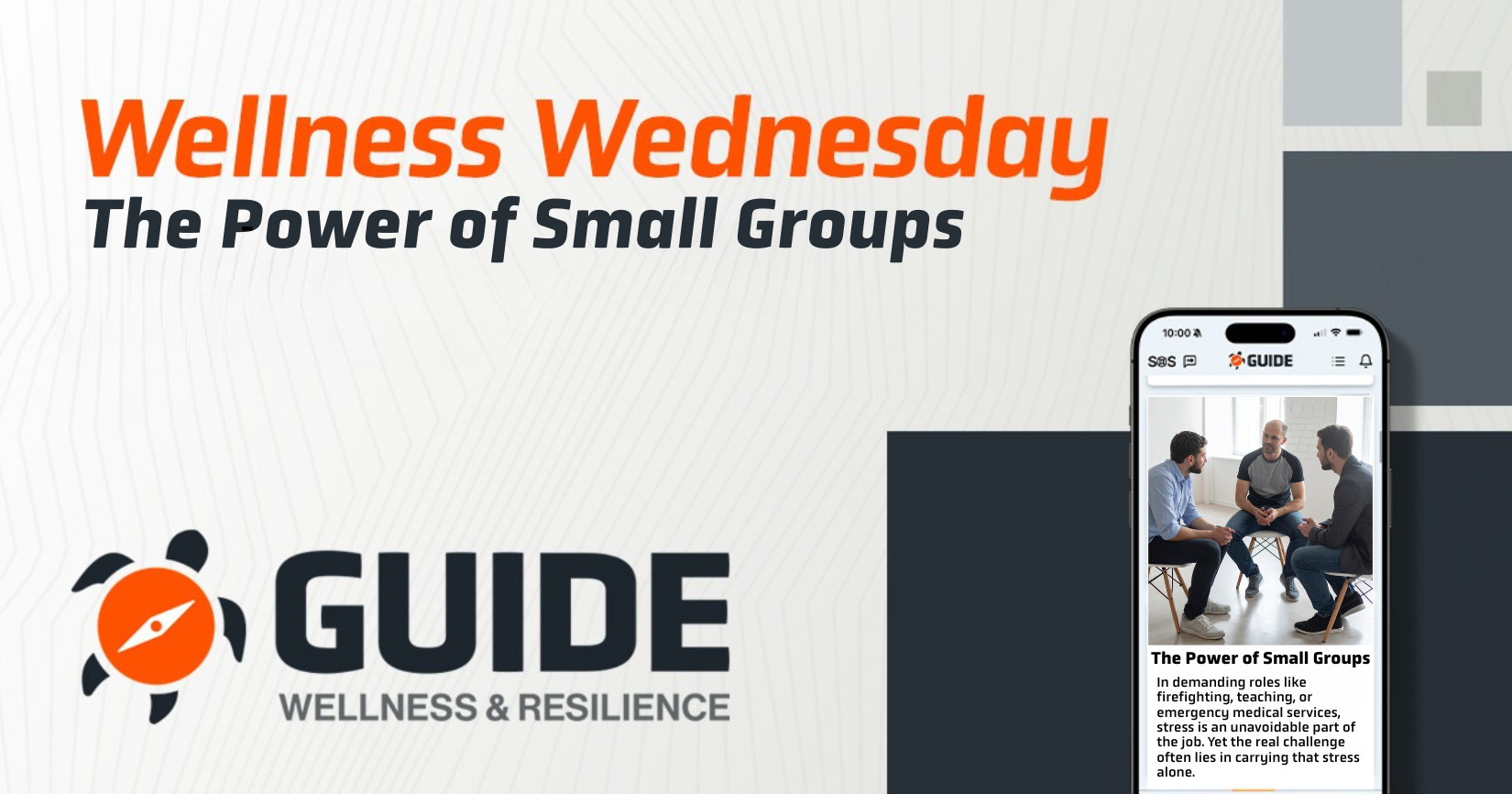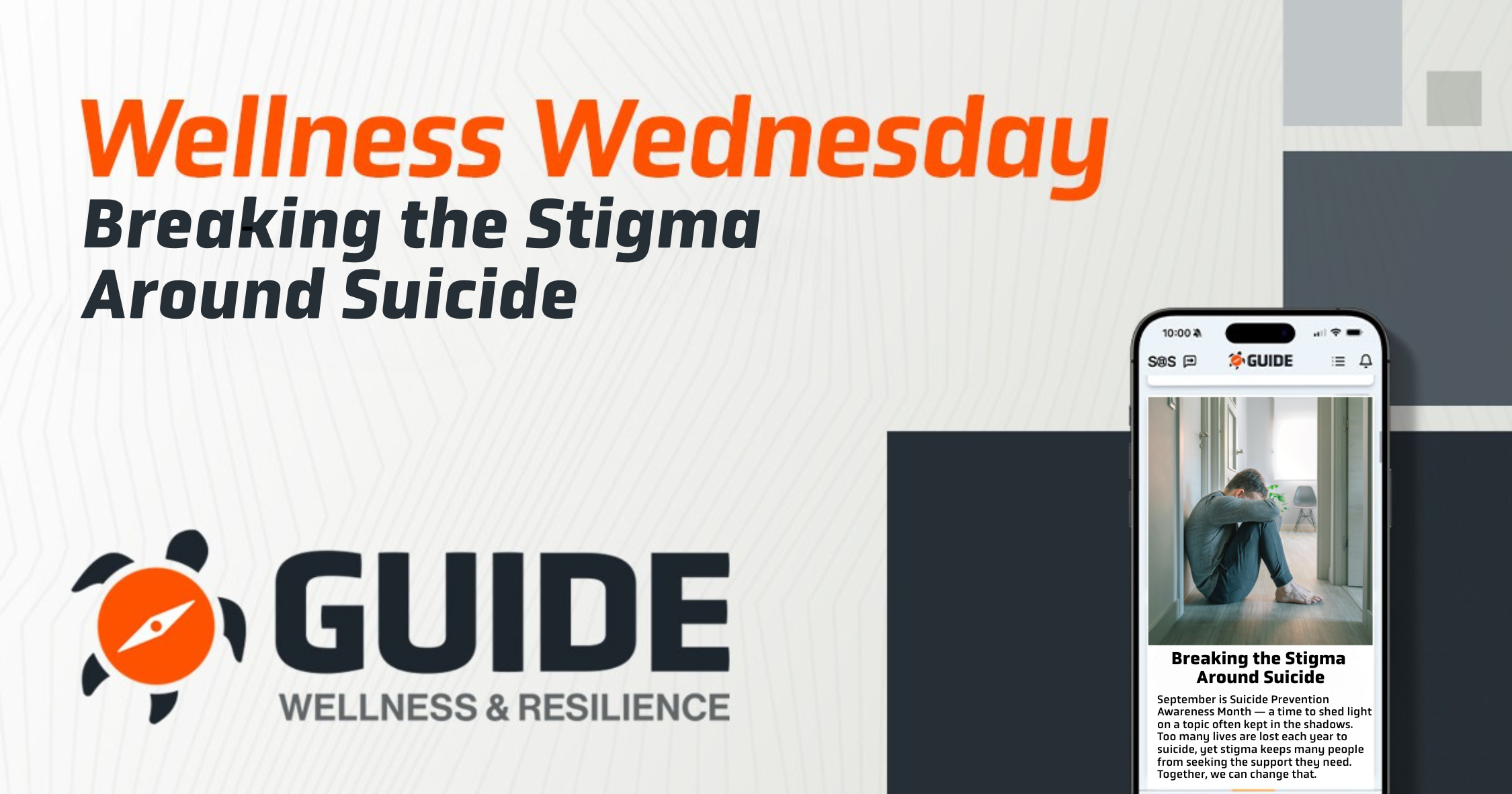In today’s world, especially in stressful jobs, it’s essential to build mental resilience. One effective way to do this is through physical activity. Whether you’re a first responder, healthcare worker, or someone facing high-pressure environments daily, engaging in regular exercise can make a significant difference in your mental well-being. Not only does physical activity strengthen your body, but it also plays a crucial role in managing stress, improving mood, and enhancing mental resilience.
In this article, we’ll explore how physical activity contributes to building mental resilience, the science behind its benefits, and practical tips for incorporating exercise into your routine to support mental health.
The Connection Between Physical Activity and Mental Resilience
Mental resilience refers to the ability to cope with and recover from challenges, stress, or adversity. It’s not just about “toughing it out”; it’s about adapting, staying positive, and bouncing back in the face of difficulties. Physical activity is one of the most effective tools to enhance mental resilience, thanks to its direct impact on the brain and overall well-being.
When you engage in physical exercise, your body releases endorphins, also known as “feel-good” chemicals. These natural mood lifters can reduce feelings of stress, anxiety, and depression, making it easier to handle the demands of a stressful job. Beyond the immediate mood boost, regular exercise strengthens your mental capacity to deal with tough situations in the long run.
How Physical Activity Builds Mental Resilience
Reduces Stress Levels
Exercise is a powerful stress reliever. When you exercise, your body lowers cortisol levels, which is the hormone primarily responsible for stress. By reducing the presence of this hormone, your mind can maintain a more balanced state, even in high-pressure situations. For professionals who work in fast-paced or high-stakes environments, such as emergency responders or military personnel, managing stress effectively is crucial to staying focused and alert.
Boosts Mental Clarity and Cognitive Function
Physical activity increases blood flow to the brain, enhancing your cognitive function. Improved concentration, sharper thinking, and better decision-making are just a few cognitive benefits of staying physically active. These are essential in stressful jobs where quick, clear decisions are necessary. Regular exercise has even been shown to promote the growth of new brain cells, particularly in areas related to memory and learning.
Improves Mood and Emotional Regulation
Stressful jobs can take a toll on your emotions. From frustration to anxiety, difficult work environments often trigger emotional responses that, if unmanaged, can lead to burnout. Exercise helps regulate emotions by releasing neurotransmitters like serotonin and dopamine, which promote happiness and emotional stability. When you engage in physical activity, you’re not just working your muscles; you’re helping your brain stay emotionally balanced and resilient.
Increases Energy and Reduces Fatigue
Jobs that require long hours or shift work can leave you feeling exhausted, which, in turn, affects your mental resilience. Physical activity, even in small amounts, helps boost your energy levels. It might seem counterintuitive to work out when you’re tired, but physical activity actually increases oxygen flow throughout your body, helping you feel more energized. This increased energy makes it easier to face stressful situations with a clear mind and strong resolve.
Enhances Sleep Quality
Sleep is a critical factor in mental resilience. Unfortunately, stressful jobs often interfere with healthy sleep patterns. Physical activity can improve your sleep quality by helping your body regulate its internal clock and reduce insomnia symptoms. A good night’s rest restores your mental and physical energy, allowing you to tackle challenges with greater clarity and resilience.
Types of Physical Activities That Boost Mental Resilience
Not all exercise routines are created equal when it comes to building mental resilience. Here are a few types of physical activity that are particularly beneficial:
Aerobic Exercise (Cardio)
Aerobic exercise, such as running, swimming, or cycling, is great for both your heart and mind. Cardio workouts help release endorphins and reduce cortisol, promoting a sense of well-being and reducing stress. Incorporating at least 30 minutes of moderate-intensity aerobic exercise most days of the week can have lasting mental health benefits.
Strength Training
Strength training exercises, such as weightlifting, bodyweight exercises, or resistance band workouts, not only build muscle but also boost confidence. Feeling physically strong can translate to mental strength. Strength training has been shown to reduce symptoms of depression and anxiety, helping you stay mentally resilient in the face of challenges.
Yoga and Mind-Body Exercises
Yoga, tai chi, and similar mind-body exercises combine physical movement with mindfulness, making them excellent for stress reduction and emotional regulation. These activities encourage deep breathing and mental focus, which help calm the nervous system and reduce the impact of stress on the body.
Team Sports and Group Exercise
Playing team sports or participating in group fitness classes can enhance mental resilience by building social connections. Interacting with others in a positive, physical environment fosters a sense of community and belonging, which helps improve overall mental health and reduces feelings of isolation or burnout.
Tips for Incorporating Physical Activity Into a Busy Schedule
When you have a stressful job, finding time to exercise can seem daunting. However, you don’t need to spend hours at the gym to reap the mental benefits of physical activity. Here are some practical tips to incorporate exercise into your routine:
Start Small
If you’re new to exercise or short on time, start with small, manageable workouts. Even 10 to 15 minutes of physical activity can provide mental health benefits. Take a short walk during your break, stretch in the morning, or do a quick home workout.
Incorporate Exercise Into Your Day
Find creative ways to move throughout the day. Take the stairs instead of the elevator, park farther away, or do a few squats while waiting for your coffee to brew. These small bursts of activity add up over time and can improve your mental resilience.
Schedule Exercise Like an Appointment
Treat exercise as a non-negotiable part of your day. Schedule it into your calendar, just like a work meeting. By prioritizing your mental and physical health, you’ll be better equipped to handle the demands of a stressful job.
Exercise With a Buddy
Exercising with a friend or coworker can make physical activity more enjoyable and help keep you accountable. Whether it’s a workout class or a jog in the park, having a workout partner can motivate you to stay consistent.
Use Movement as a Stress Break
When work feels overwhelming, take a few minutes to step away and move your body. Even a short walk or stretching session can help reset your mind and reduce stress.
Long-Term Benefits of Physical Activity on Mental Resilience
The benefits of physical activity extend beyond immediate stress relief. Over time, regular exercise builds long-term mental resilience, enabling you to face challenges with greater confidence and emotional stability. By making physical activity a consistent part of your routine, you’ll find that you’re better equipped to handle the ups and downs of life, both in and out of work.
In stressful jobs, building mental resilience is key to preventing burnout and maintaining overall well-being. Physical activity is one of the most accessible and effective ways to strengthen both your body and your mind, giving you the tools you need to stay calm, focused, and resilient, no matter what life throws your way.




